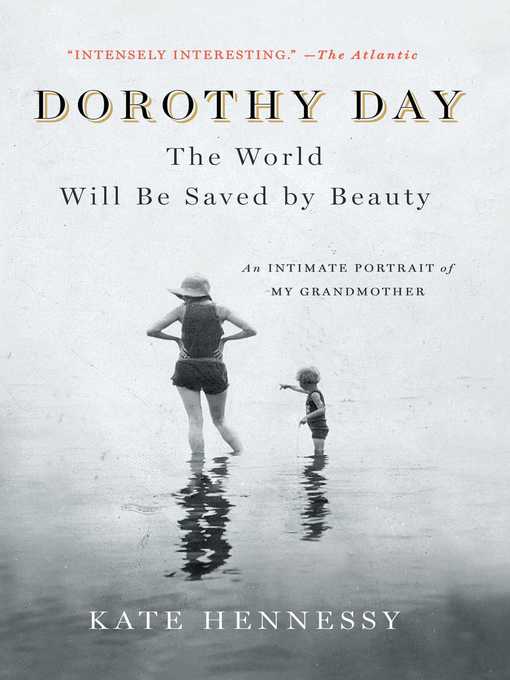
Dorothy Day
The World Will Be Saved by Beauty: An Intimate Portrait of My Grandmother
- اطلاعات
- نقد و بررسی
- دیدگاه کاربران
نقد و بررسی

November 14, 2016
Dorothy Day, named a Servant of God by the Vatican, was just “Granny” to Hennessy. In this intimate, detailed biography, Hennessy depicts her grandmother as a very human being. By the third chapter, Day has been jailed, failed at suicide, chosen abortion, lived in sin, and borne a daughter out of wedlock. Then she converted to Roman Catholicism and eventually founded the Catholic Worker houses of hospitality. Hennessy’s memoir emphasizes Day’s role in her family: mothering her daughter, Tamar Hennessy (often discordantly), and grandmothering Tamar’s nine children (Hennessy is the ninth). The memoir spills as much about Tamar as about Day. Tamar moved often with her children and spinning wheel, always dragging along her deflating self-esteem. Hennessy quotes Day’s love letters to Tamar’s father and interviews Tamar about her memories. She also weaves in lines from Day’s columns for the Catholic Worker newspaper, splices in the Hennessy siblings’ stories, embeds quotes, and reveals the backstory of a magnetic woman who was “not always a clear-eyed visionary.” Hennessy has created an amazing tapestry of Day’s life and the memories she left with her loved ones.

Starred review from November 15, 2016
A rare glimpse into the life of one of America's most revered social activists.Hennessy (Dorothy Day and the Catholic Worker: The Miracle of Our Continuance, 2016), granddaughter of Dorothy Day (1897-1980), utilizes family correspondence, Day's journals, and her own memories to construct a detailed, riveting biography. In many ways, this book is a dual biography, not only of the author's grandmother, but also her mother, Tamar, who was Day's only daughter. Indeed, the complex mother-daughter relationship between Dorothy and Tamar makes up a large portion of the book. Hennessy dives right into Day's unusual and chaotic life. Even as a very young woman, Day was on her own, working varied jobs, coming into and out of abject poverty, experiencing heady love affairs, and always writing. With time, she funneled her energies into three pursuits: her newfound Catholic faith, her daughter, and her great creation, the Catholic Worker, which was primarily a newspaper but which was also a way of life for many activists. Readers will be intrigued to learn of Day's intimate life story from the 1920s through the 1940s, especially, with the rise of the Catholic Worker as a parallel tale. Somewhat estranged from her mother during the 1950s, Tamar would return to New York and to the Worker, eventually taking it on as her own life's work. Hennessy presents her grandmother in full. Though her respect for her is great, she also recognizes the challenges she faced and the many facets of her personality and life that prove she, like anyone else, was far from perfect. Perhaps no theme so dominates the book as much as love: the love between mother and daughter, Day's often unrequited love for Forster Batterham, Tamar's father, and Day's love for helping the poor, which drove her life's work and was inspired by her love for God.Fascinating, well-told, candid, and tender.
COPYRIGHT(2016) Kirkus Reviews, ALL RIGHTS RESERVED.

August 1, 2016
The youngest of Dorothy Day's nine grandchildren, Hennessy offers an unflinching portrait of the celebrated Catholic social activist and cofounder of the Catholic Workers Movement.
Copyright 2016 Library Journal, LLC Used with permission.




دیدگاه کاربران